The olive oil industry has long been plagued by a troubling phenomenon: counterfeit products flooding European markets. What was once a niche concern has escalated into a full-blown crisis, with estimates suggesting that nearly 50% of the extra virgin olive oil sold globally fails to meet legal standards. The stakes are high – this isn’t merely about consumer deception but public health implications and the erosion of trust in one of Europe’s most iconic culinary traditions.
The scale of the problem becomes apparent when examining supply chain vulnerabilities. Southern European producers, particularly in Spain and Italy, face intense pressure to meet global demand while maintaining competitive pricing. This creates fertile ground for unethical practices – cutting premium oil with cheaper vegetable oils, using misleading labeling, or even creating entirely synthetic products designed to mimic the real thing. These fraudulent oils often contain harmful additives or lack the health benefits associated with authentic extra virgin olive oil.
Seasoned olive oil sommeliers employ multiple sensory techniques to detect fakes. Authentic extra virgin olive oil should deliver a distinctive peppery finish that causes actual throat irritation – a sensation caused by oleocanthal, a compound with proven anti-inflammatory properties. Fraudulent oils typically lack this characteristic burn. The aroma test proves equally revealing; genuine oil emits fresh grassy or herbal notes, while adulterated versions often smell flat or suspiciously neutral.
The temperature test provides another reliable indicator. Real olive oil thickens when refrigerated due to its monounsaturated fat content, whereas diluted oils remain fluid. However, some sophisticated fakes now include additives specifically designed to pass this test, necessitating more advanced verification methods. Professional tasters often rub a small amount between their palms – authentic oil’s aroma intensifies with warmth, while counterfeit versions may release chemical or rancid odors.
Label scrutiny forms the first line of defense for consumers. Legitimate producers typically include detailed information about the oil’s origin, harvest date, and extraction method. The presence of a Protected Designation of Origin (PDO) or Protected Geographical Indication (PGI) seal offers additional assurance, though these certifications have themselves become targets for forgery. Surprisingly, the term "packed in Italy" often misleads consumers – it merely indicates where bottling occurred, not the oil’s actual source.
Chemical analysis remains the most definitive authentication method, though impractical for most shoppers. Laboratories can detect adulteration through tests measuring fatty acid composition, sterol content, and UV absorbance levels. Some premium producers now incorporate blockchain technology or microscopic edible markers to verify authenticity. For everyday consumers, purchasing directly from reputable mills or specialty stores with strict sourcing policies significantly reduces fraud risk.
The economic ramifications extend beyond consumer wallets. Honest producers face unfair competition from counterfeit operations, often forcing them to lower prices or exit the market entirely. This erosion of quality standards threatens the very definition of what constitutes authentic olive oil. Regulatory bodies have intensified efforts, implementing DNA fingerprinting techniques and stricter penalties, but enforcement remains inconsistent across borders.
Education emerges as the most potent weapon against olive oil fraud. Cooking schools, gourmet retailers, and consumer advocacy groups increasingly offer tasting workshops and fraud awareness seminars. As consumers become more sophisticated in their understanding of olive oil’s complex characteristics – from its distinctive bitterness to its varying viscosity – the market for counterfeit products may finally begin to shrink. The battle for authenticity continues, but armed with knowledge, consumers can protect both their health and Europe’s rich olive oil heritage.
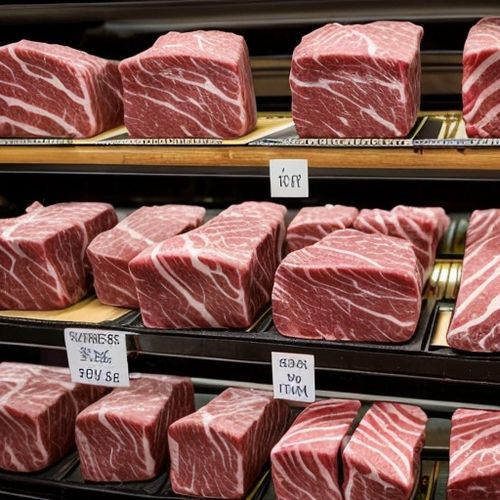
By Lily Simpson/Apr 10, 2025

By Victoria Gonzalez/Apr 10, 2025

By Emily Johnson/Apr 10, 2025
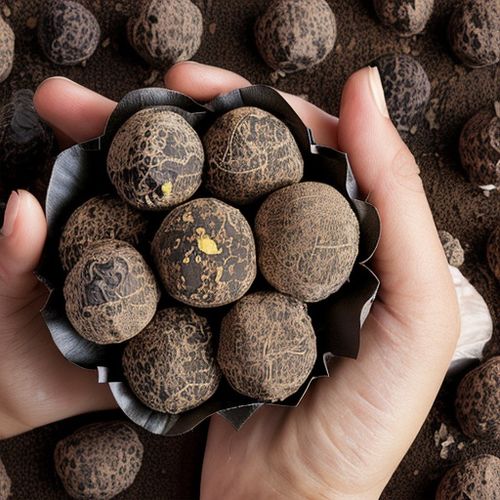
By Megan Clark/Apr 10, 2025
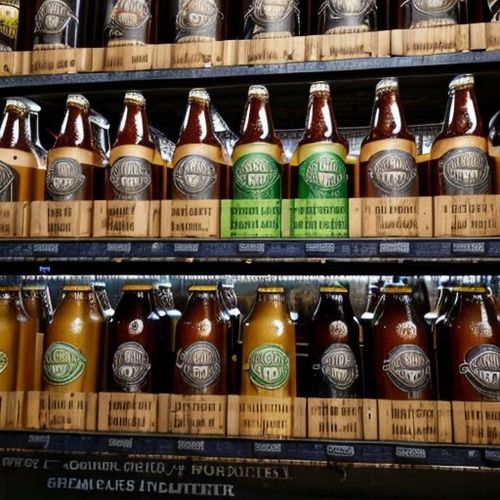
By Amanda Phillips/Apr 10, 2025
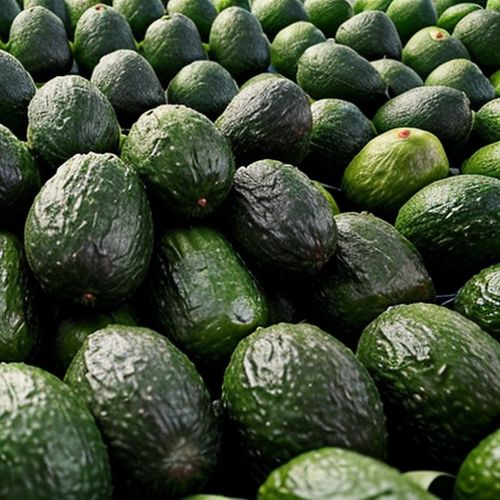
By James Moore/Apr 10, 2025
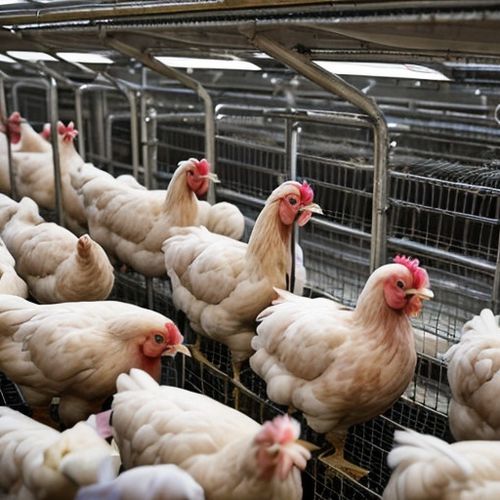
By Noah Bell/Apr 10, 2025

By Eric Ward/Apr 10, 2025
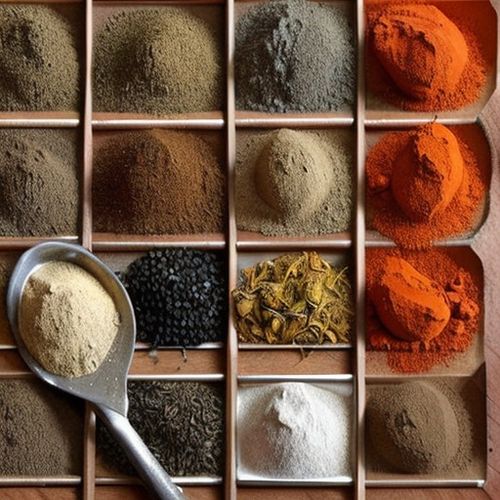
By Megan Clark/Apr 10, 2025
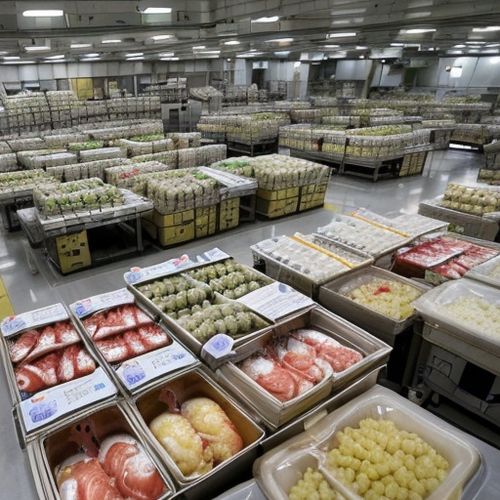
By Natalie Campbell/Apr 10, 2025
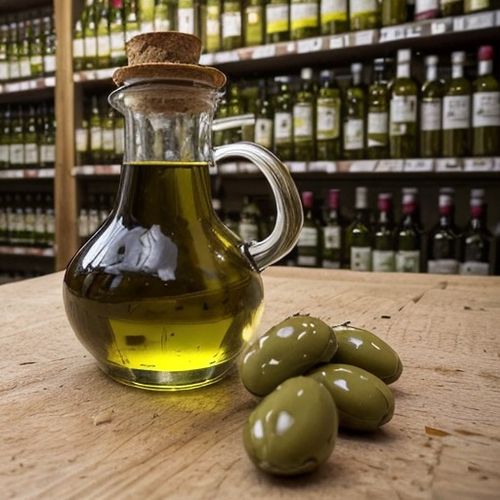
By Amanda Phillips/Apr 10, 2025

By Michael Brown/Apr 10, 2025

By Elizabeth Taylor/Apr 10, 2025
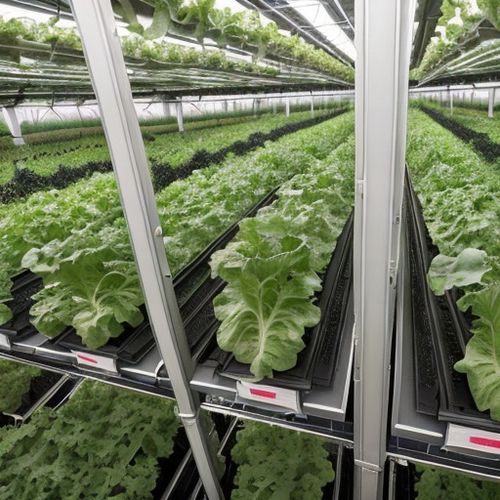
By Emma Thompson/Apr 10, 2025
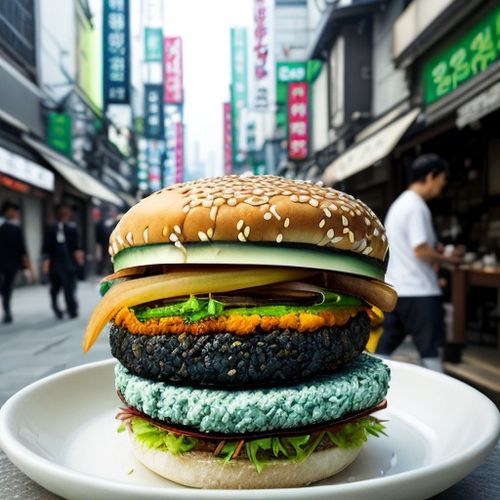
By Natalie Campbell/Apr 10, 2025

By Eric Ward/Apr 10, 2025
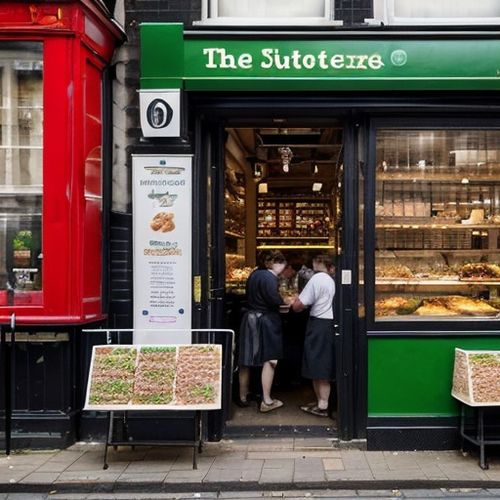
By Sophia Lewis/Apr 10, 2025